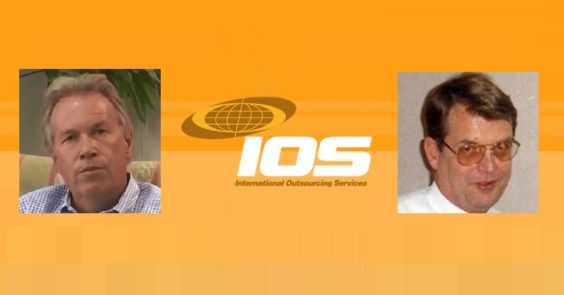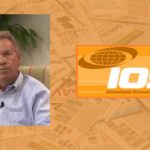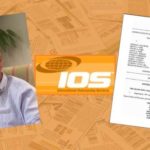
And then there was one.
With two weeks to go until a nearly decade-old coupon fraud case finally goes to trial (after an abortive start earlier this year) one of the two remaining defendants has reached a deal to avoid prosecution. That leaves the former CEO of a coupon processing company, the most outspoken and defiant defendant of the group, to make his case alone – against the government, his one-time clients, and his former co-defendants.
And if prosecutors prove their case, it will show that coupon users aren’t the only ones who commit coupon fraud – coupon industry executives apparently do, too. On a multi-million dollar scale.
In court papers filed on Friday, prosecutors said they have entered into a deferred prosecution agreement with James Currey (pictured above, at right). By cooperating with prosecutors, he will be able to avoid conviction and punishment, in the $250 million coupon fraud case against executives and business associates of former coupon processing company International Outsourcing Services (IOS).
“Mr. Currey takes responsibility for his conduct and agrees to cooperate with law enforcement,” the prosecutors’ filing reads. “The agreement also includes an acknowledgement that the evidence establishes that IOS employees took coupons allegedly redeemed at independent stores and falsely invoiced them as if they had been redeemed at IOS’s larger, funded retail clients.”
Currey was once the chairman of a company that provided information technology services to IOS, which was run by CEO Chris Balsiger. Currey’s deal, and previous deals reached with other defendants over the years, means that Balsiger – the accused leader of the whole fraud operation – is the only one of eleven original defendants who will stand trial.
The key phrase in the Currey agreement is “coupons allegedly redeemed at independent stores”. That’s the crux of the whole case against Balsiger.
As head of IOS, Balsiger oversaw the business of collecting, sorting and submitting coupons for reimbursement on behalf of his retail clients. In a criminal indictment secured back in 2007, federal prosecutors accused Balsiger and his ten co-defendants of falsely submitting coupons to manufacturers that consumers had never actually used – and then pocketing the cash for themselves, to the tune of about a quarter billion dollars.
They allegedly accomplished this by having “chop crews” cut out mass quantities of coupons from inserts, having employees stomp on the coupons or give them a spin in a cement mixer to make them look used, and then having small, independent retail clients “submit” them to IOS as having been redeemed in their stores. Then, prosecutors say, manufacturers were billed as though the coupons had been redeemed at larger chain stores, in order to make it all look legit.
But the scheme unraveled when several manufacturers questioned why they were getting so many coupon submissions from regions in which their coupons weren’t distributed, or from stores that didn’t even sell their products.
Balsiger is accused of wire fraud and conspiracy to obstruct justice, for allegedly interfering with a grand jury’s investigation of the case by encouraging colleagues to lie when questioned by investigators.
His long-anticipated trial got off to a false start back in February. No sooner had a jury been seated and opening arguments were set to begin in a Wisconsin federal courtroom, than Balsiger was a no-show. He turned up at a local hospital, suffering from chest pains. The judge initially delayed the start of the trial for several days – and then delayed its start for several months, until October 3rd, allowing Balsiger to head back home to Texas to recuperate.
Balsiger has spent his time during the delay honing his argument, challenging the admissibility of evidence and criticizing the government’s case against him. “It appears that the prosecution’s strategy is one that involves nothing more than presenting a series of irrelevant facts, unconnected and unrelated in reality, in an effort to win its case by confusing and misleading the jury,” he argued in one recent court motion.
And soon, unless there are further delays, a jury will finally get the chance to decide for itself.








